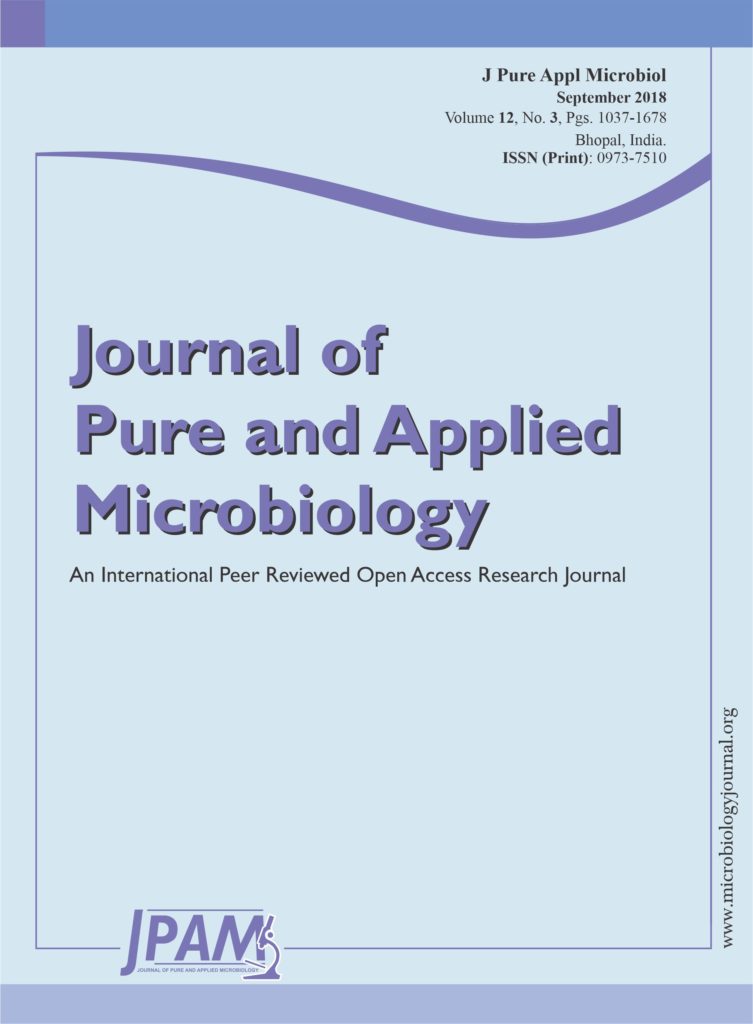Bacteriological evaluation of contact surfaces (counters, chairs/benches, railings, poles, tables and door handles of rest rooms) at selected bus terminals in Uyo metropolis was carried out using standard procedures. Counters and poles revealed highest (log10 6.3 ± 0.7CFU/cm2) and least (log10 1.5±0.3 CFU/cm2 ), total heterotrophic bacterial counts respectively. Bacterial isolates associated with the contact surfaces included Staphylococcus aureus, S. epidermidis, Escherichia coli and species of the genera Bacillus, Micrococcus, Streptococcus, Proteus, Pseudomonas, Klebsiella and Serratia. Bacillus sp (16.6%) and Serratia sp (2.8%) revealed highest and least frequency distribution among the isolates. The Gram positive bacteria associated with the contact surfaces showed highest susceptibility (93%) to erythromycin and least susceptibility (12.2%) to augmentin while the Gram negative bacteria revealed highest (92.3%) and least (13.8%) susceptibility to ofloxacin and augmentin respectively. This study has revealed that contact surfaces at bus terminals can harbor potential pathogenic microorganisms hence adequate and regular sanitation practices should be embraced by staff and travelers at these places to avoid possible health risk.
Bacteriological, Contact surfaces, antibiotics, Pathogenic, Bus terminals
© The Author(s) 2018. Open Access. This article is distributed under the terms of the Creative Commons Attribution 4.0 International License which permits unrestricted use, sharing, distribution, and reproduction in any medium, provided you give appropriate credit to the original author(s) and the source, provide a link to the Creative Commons license, and indicate if changes were made.


